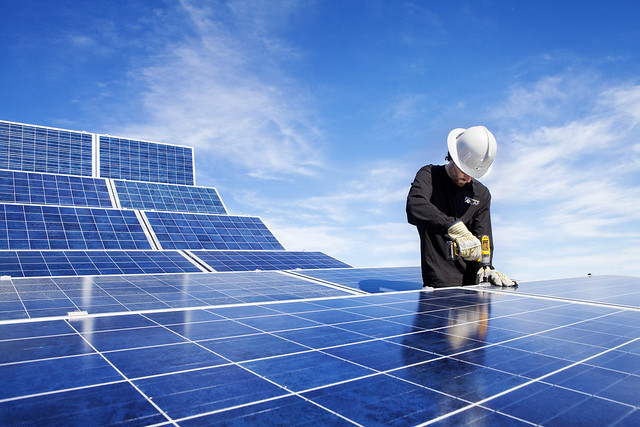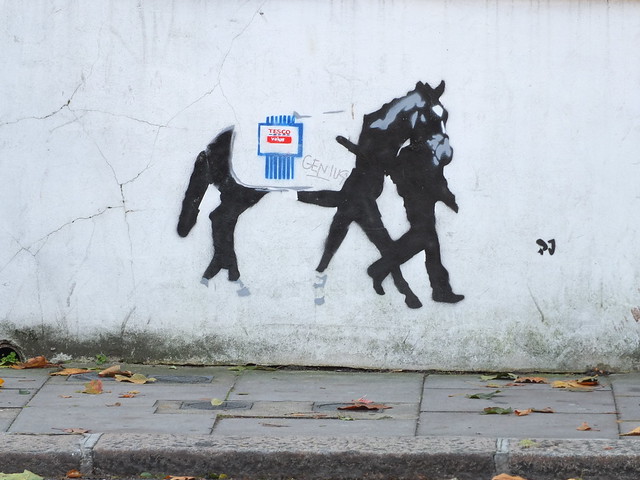
We have highlighted here on GreenMonk often enough what a poor job some cloud companies are doing of making their cloud infrastructure cleaner, and being transparent about their emissions.
Against that backdrop, it is heartening to see some more enlightened cloud companies doing the right thing. Salesforce announced today its second renewable energy purchase agreement. The first announcement, made just last month was of the signing of a 12-year wind energy purchase agreement, for 40MW of a new West Virginia wind farm through a virtual power purchase agreement (VPPA). This wind farm is expected to generate 125,000MWh of wind energy annually.
Today’s news doubles down on that with the disclosure that Salesforce has signed a second energy agreement, this time with a 24MW new wind farm in Texas which is expected to generate 102,000MWh of electricity annually. When the two wind farms are fully up and running then, Salesforce will be buying 227,000MWh of electricity per annum.
To put this in context, according to its filings with the CDP Salesforce’s total purchase of energy (electricity, fuel, heat, steam, and cooling) in 2015, was just under 152,000MWh. So Salesforce’s energy consumption can grow quite a bit by the time these two wind farms come fully on line in December 2016, and still be well covered by the output of these two wind farms.
If we compare this to a couple of Salesforce’s competitors* –
- Microsoft purchases 3,570,438MWh of energy, of which 3,240,620MWh comes from clean energy sources (90.8% clean), and
- SAP purchases 918,320MWh of energy , of which 346,885MWh comes from clean energy sources (37.8% clean)
So barring any huge spikes in Salesforce’s energy requirements this year, it looks like they are on track to being the cleanest of the large cloud CRM providers.
In case you are interested in other cloud computing companies purchases of renewable energy, I charted a few of them based on their submissions to the CDP for 2015 – see below
*I tried to find energy and emissions data for Salesforce competitor Workday, but as yet they have not reported their data to the CDP. When they do, I will update this post.













